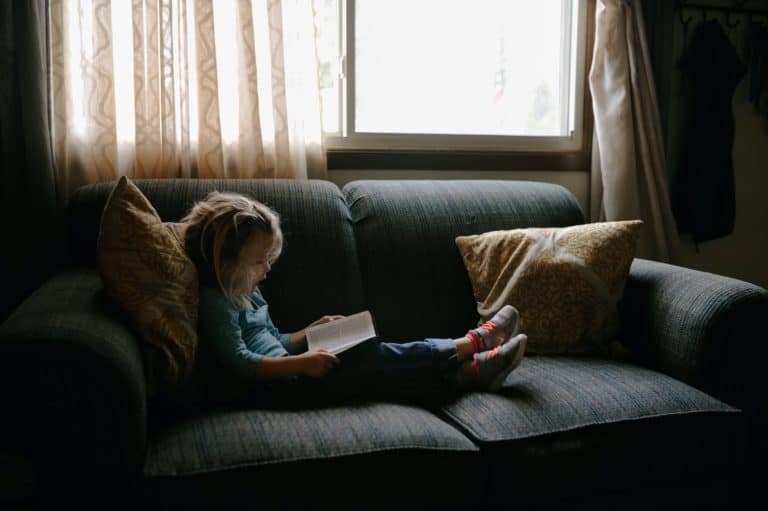For most of us, we are feeling increased stress levels as the pandemic continues to dictate the need for families to shelter in place. We are now dealing with increased stress and anxiety as our communities begin to open back up. Anxiety remains over the continued presence of people being diagnosed with COVID-19.
It also exists over our country’s move to open up more businesses, as well as families’ anxiety over their ability to meet their children’s needs as they are not returning to school at this time. Many parents are juggling work at home with kids learning at home too. On the other hand, parents may need to return to work and will be faced with the need to find care for their children.
We know the common reactions to distress will fade over time for most children. But their reactions now may be intensified by the distress they see in others or insecurity about the future. As adults, most of us are also unsure what the future holds. Our children are facing this same uncertainty as we struggle with day-to-day planning.
Most parents would have already planned summer camps for our children and vacations for the family. However, you’re probably like me and taking things one day at a time as there is so much uncertainty in the coming months. The one thing we know is that children thrive on routine, predictability and the ability to know what to expect. Children are likely becoming more anxious as we are unable to provide them with direction, and we as parents grapple with what we will be doing in a week, a month or six months.
Common reactions to distress can be seen at all ages, but it is good to be aware of some things you may see in your children as they continue to face the situation around them.
Infants and toddlers may experience increased agitation with no identified cause. They may cry more than usual or want to be held and cuddled more.
Pre-school and kindergarten children may return to behaviors they have outgrown. For example, toileting accidents, bed-wetting, or being frightened about being separated from their parents/caregivers. They may also have more tantrums or a hard time sleeping.
Older school-age children may feel sad, mad, or afraid over the loss of engaging in age-appropriate peer interactions. Peers may share false information. While parents or caregivers can correct the misinformation that initial information may be a cause of increased anxiety. They may focus on details of the event and want to talk about it all the time or not at all. They may also have trouble concentrating.
Some preteens and teenagers respond to trauma by acting out. They may feel overwhelmed by their intense emotions and unable to talk about them. Their emotions may lead to increased arguing and even fighting with siblings, parents/caregivers or other adults. They are also experiencing decreased interaction with peers, which are their primary source of energy as well as struggling with loss of normal expected milestones
Children with learning problems add an increased level of challenge for parents that are trying to homeschool or provide activities to keep them engaged.
Children with special needs may lack the ability to understand the changes they are faced with. These are children that typically have increased struggle when school is out for the summer or holidays as the change disrupts their routine. The lack of structure and routine to their days are likely to cause an increase in negative behaviors. They might have more intense distress, worry or anger than children without special needs.
It is important to understand that your children, like you, are grappling with a changing environment – not getting out of the house enough, not being with peers, changed routines, anxiety about what is happening tomorrow, or just needing attention in a different way. It is important to recognize the signs of distress in our children if we are to respond to this positively. It is easy to get caught up in the behavior rather than trying to identify why the behavior is occurring.
Recognizing your child is expressing frustration or anxiety over the situation can help us take a step back and acknowledge their feelings. Just like us, they may need someone to understand their angst over the situation. While it may not change the situation, having someone to talk to about it or understand it goes a long way to decrease the feelings of anxiety.


0 Comments